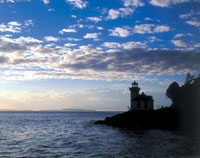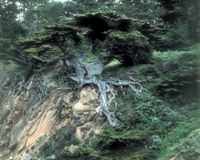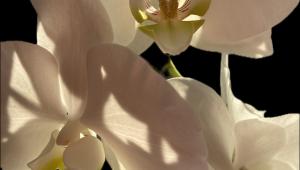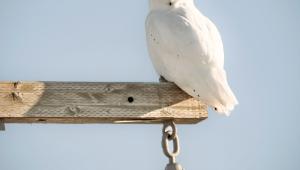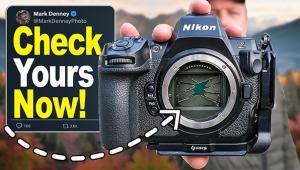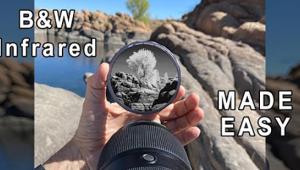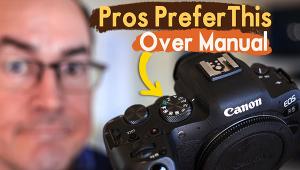Spot Meter Roundup
Metering For Those Who Seek Total Exposure Control
For the record, I use TTL (Through The Lens) metering and automatic modes quite often. Many of my subjects, birds on the wing for instance, are just too flighty to allow for thoughtful metering. But, give me a rustic barn, an historical California Mission or, my favorite, a Victorian lighthouse isolated on a windswept bluff looking out on a storm-tossed sea and I'll immediately reach for my trusty spot meter. This is when I really want control, and a spot meter gives me the control I need. I can compare highlights and shadows to assure detail in both. Or, with a multifunction meter, I can take several readings, compare or even average them. In short, it's all about precise exposure control. A Definition Or Two
And A Few Parameters |
|||
Second, as the name implies,
a reflected meter evaluates the light reflected by the subject. At first,
this would seem to make more sense but here, too, there are some caveats.
The meter is an ignorant tool. It doesn't know, or care, whether
you are photographing the proverbial black cat in a coal bin or a snowy
plover in a snow drift. It will indicate the correct exposure to make
whatever it is pointed at a medium tone. That is how they are designed,
and that's what they do, period. A Lesson In Photographic
Mythology |
|||
Less Is More OK, Maybe More Is More Several
manufacturers offer spot meters that are capable of reading both ambient
|
|||
More Than One Meter
How I Use Spot Meters |
- Log in or register to post comments

